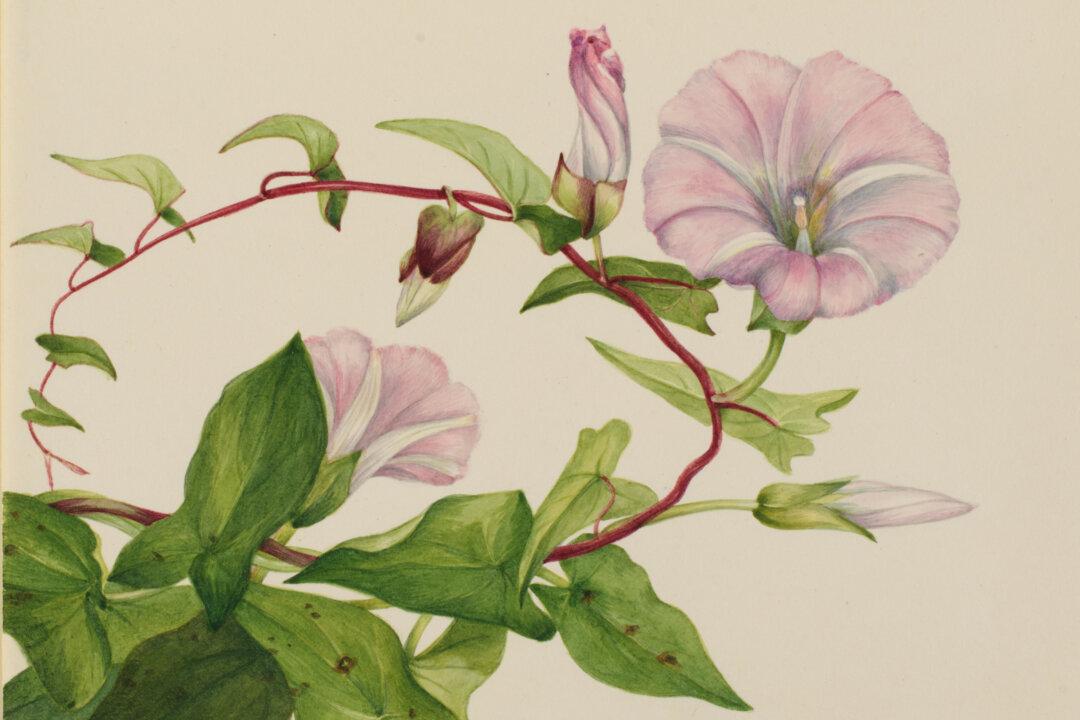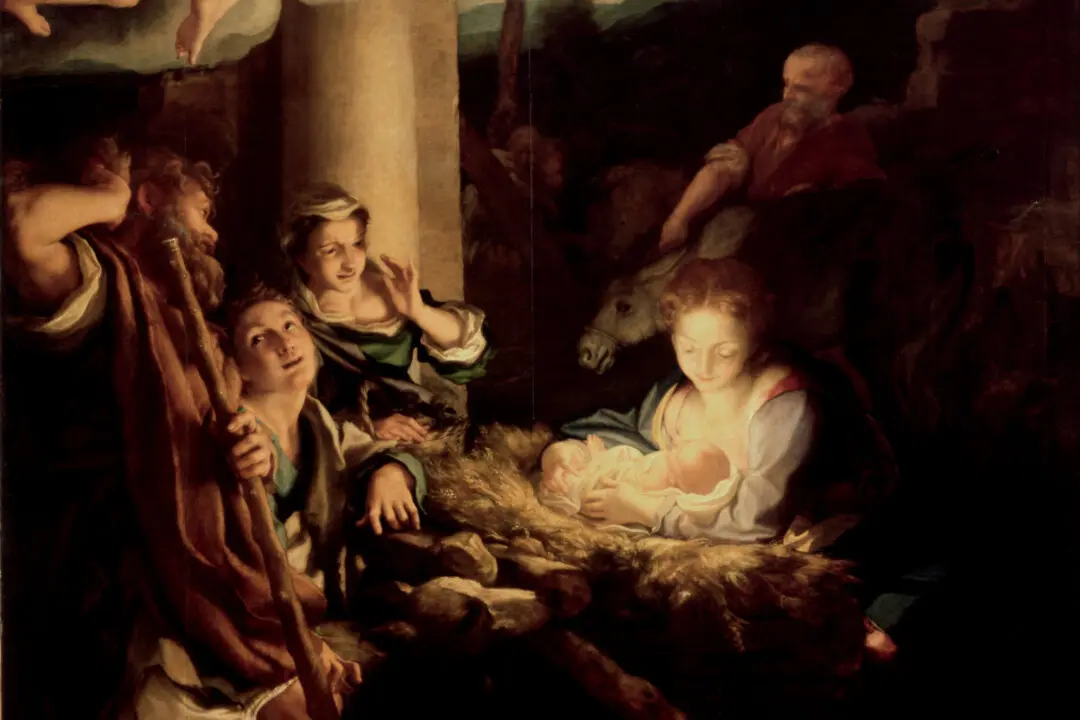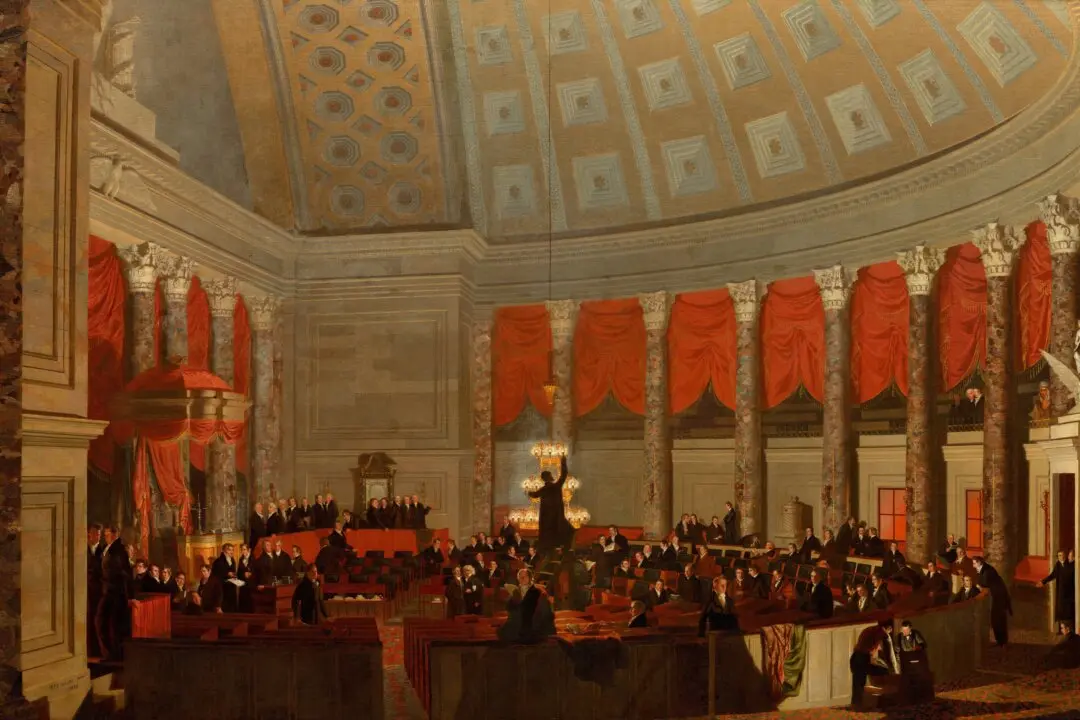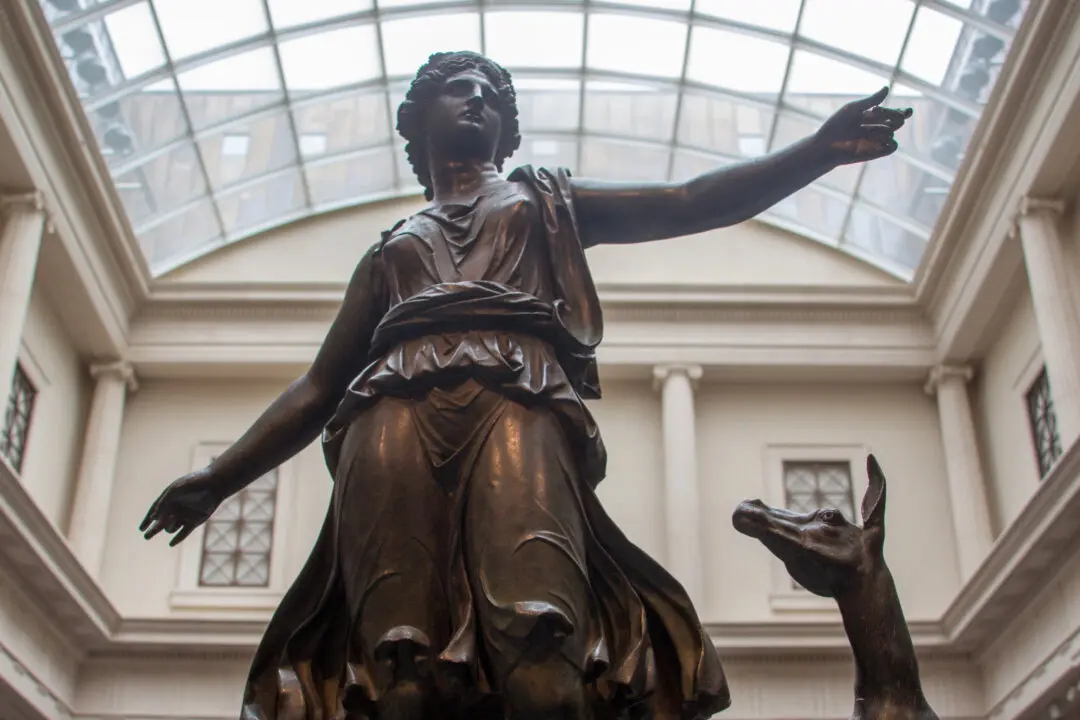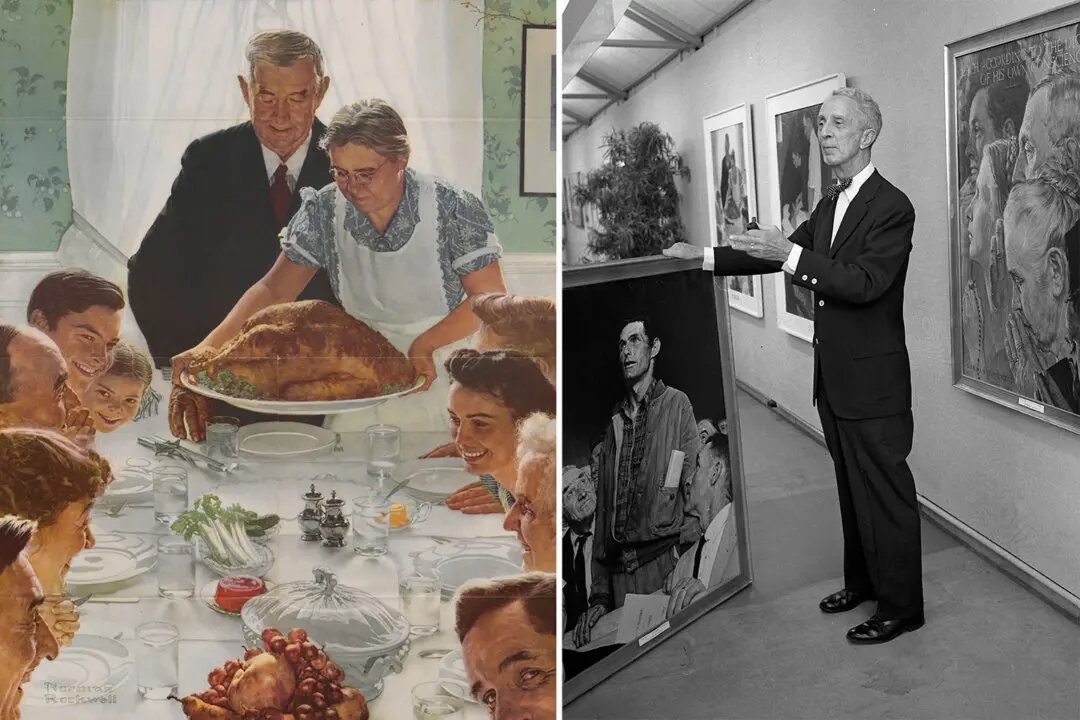A diverse range of labels—including adventurer, mountaineer, glacial geologist, botanist, photographer, and painter—are descriptive of Mary Vaux Walcott (1860–1940). A pioneer in the fields of science, art, and exploration, Walcott is best known for the 1925 to 1928 publication of her five-volume set of exquisite watercolor studies cataloguing North America’s wildflowers. This highly acclaimed seminal work led to her sobriquet: the “Audubon of Botany.”
Her sketches and illustrations that number near 1,000 continue to be exhibited and republished. Their enduring appeal and importance lie in their combination of great beauty and scientific accuracy.

